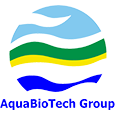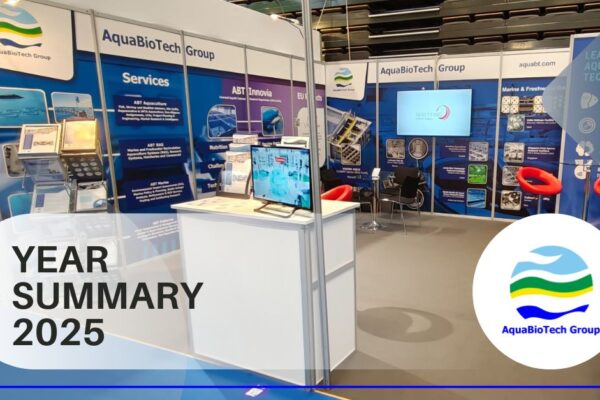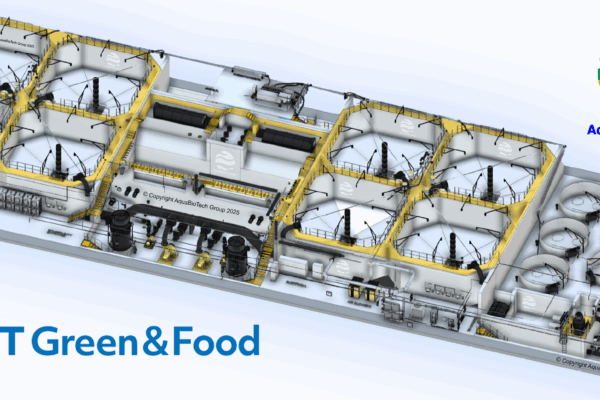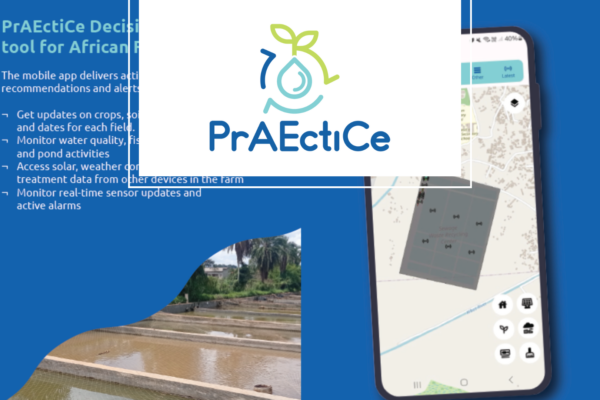Since 2012, Malta has held an annual interactive science fair in its UNESCO World Heritage site capital, Valletta. The event, Science in the City, is Malta’s national science and arts festival, which exhibits science-inspired installation, music demonstrations, theatre acts, children shows and more! Over 24,000 visitors flooded through the gates of Valletta to explore the various exhibitions and to enjoy the night-life of the historical city.
For those of you who are unfamiliar with Malta, the Maltese archipelago is about one sixth the size of Prince Edward Island and it’s located 80 km south of Sicily, Italy. Due to its size, all land-based activities influence the sea in one way or another, making ocean literacy very important, yet unfortunately neglected in some generations. As the marine environmental consultant at the AquaBioTech Group, I wanted to showcase our involvement in marine science and show kids and adults that (a) science is cool and (b) what science is happening in their backyard (AKA the Mediterranean Sea).
Having attended Science in the City the year before, we knew our exhibit had to incorporate a hands-on activity and a visual component to target our audience from afar. We wanted to make our first appearance a hit, which we knew would be a challenge. We were worried that our display would seem too technical or simple to draw in a big crowd. The stand needed to incorporate both interactive and eye-catching displays to appeal to the younger demographic – our scientists of the future.
For the event, we demonstrated two European Union projects: one of “biofouling” and the other about aquaculture visual inspections and sustainability. The Byefouling project (BYEFOULING link) was the main hands-on interactive portion, allowing young scientist to identify fouling species and learn more of their characteristics. The aquaculture inspections project (TAPAS link) included the eye-catching remote operated vehicle (ROV) on the table top. With the ROV live feed connected to a laptop, the young visitors could see themselves through the eyes of the ROV. (Everyone loved to see themselves on the ROV-cam, they loved it!) On either side of the displays we had looping videos of each project, which helped captivate our audience when they walked through the gates.
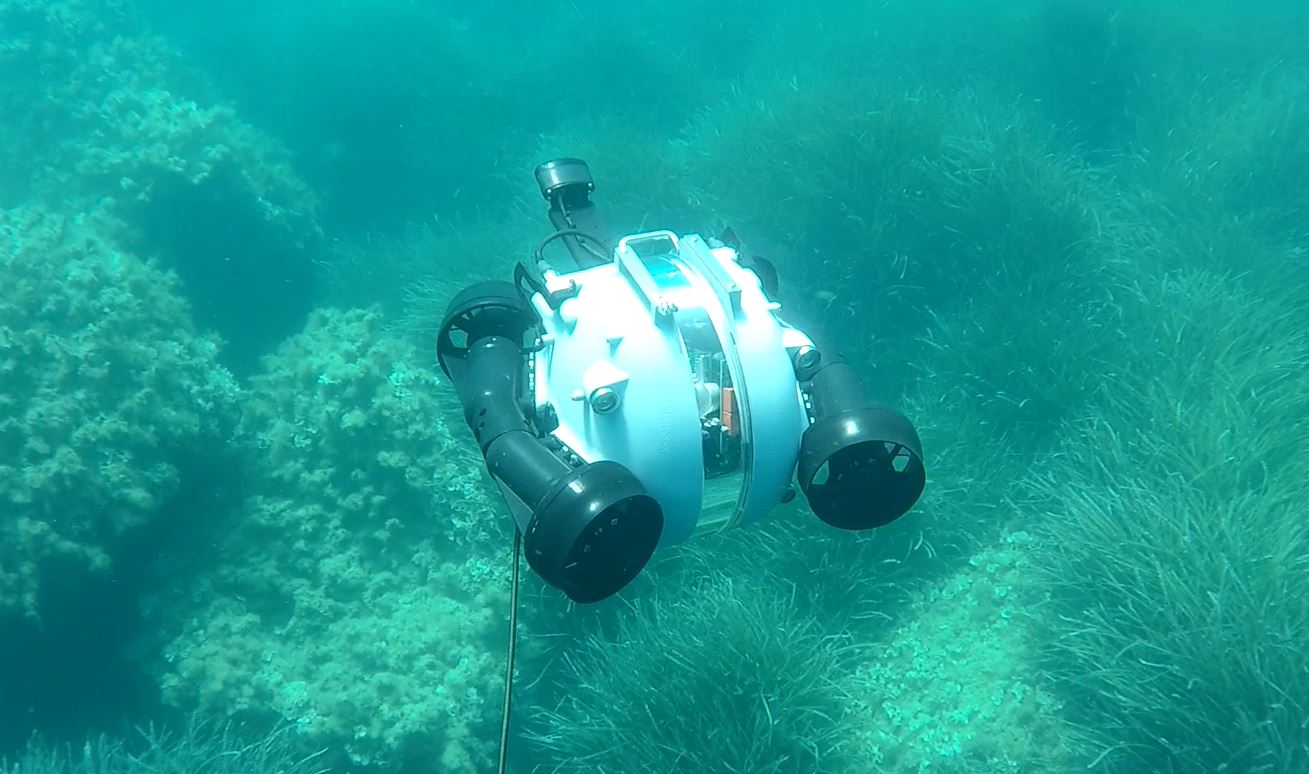
Read more of the article, click here
Read more about the event, here!
Have a closer look at our EU Projects BYE-Fouling Project and TAPAS
